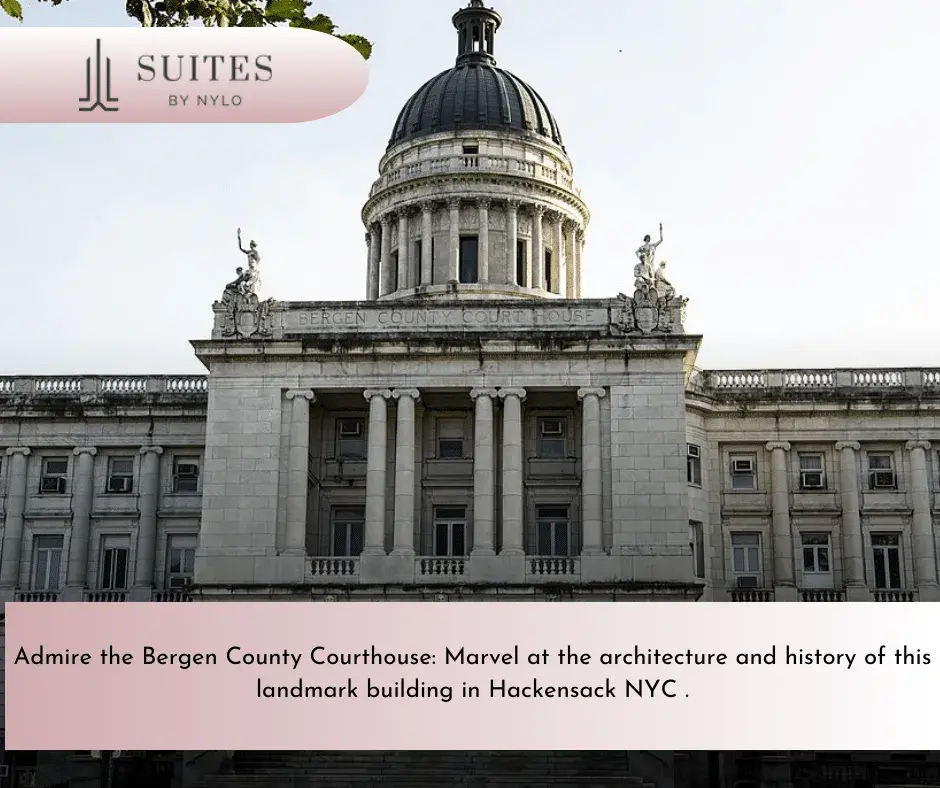As we consider the Bergen County Courthouse, located in Hackensack, NYC, one can’t help but be captivated by its architectural grandeur and historical relevance. A testament to the Beaux-Arts and Classical Revival styles, its symmetrical façade, elaborate adornments, and imposing columns provide a visual feast, crowned by a dome embellished with symbolic sculptures. Beyond its aesthetic appeal, the courthouse boasts a rich judicial history spanning two centuries, with notable episodes such as the Lindbergh baby kidnapping trial, making it a living narrative of the evolution of American law. Why not explore this remarkable monument and its intriguing past?
Architectural Brilliance of Bergen County Courthouse
The architectural grandeur of the Bergen County Courthouse is a testament to its historical significance, blending intricate design elements influenced by diverse architectural styles, a precise reflection of the county’s rich heritage.
The courthouse, a distinguished structure in Hackensack, showcases a meticulous amalgamation of the Beaux-Arts and Classical Revival styles. The stately symmetry of the façade, complemented by the ornate decorations and robust columns, signifies the power and stability of the justice system.
The dome, a prominent feature of the courthouse, is adorned with allegorical sculptures, displaying the virtues of justice. Moreover, the interior’s exquisite detailing, including the marble staircases and intricately carved woodwork, underscores the craftsmanship of the era.
This iconic edifice thus stands as a beacon of Bergen County’s architectural brilliance.
Historical Chronicles of the Courthouse
Spanning over two centuries of judicial history, Bergen County Courthouse has witnessed numerous pivotal moments that have shaped the legal landscape of the region. The courthouse, dating back to 1912, has seen countless trials, verdicts, and judgments, each leaving an indelible mark on the annals of Bergen County.
Known for its role during the infamous Lindbergh baby kidnapping trial in the 1930s, it captivated the nation’s attention. In the ensuing years, it has come to symbolize justice and integrity for the local community.
Today, it stands as a testament to the evolution of law and order in the region, and a beacon of the historical, cultural, and civic identity of Bergen County.

